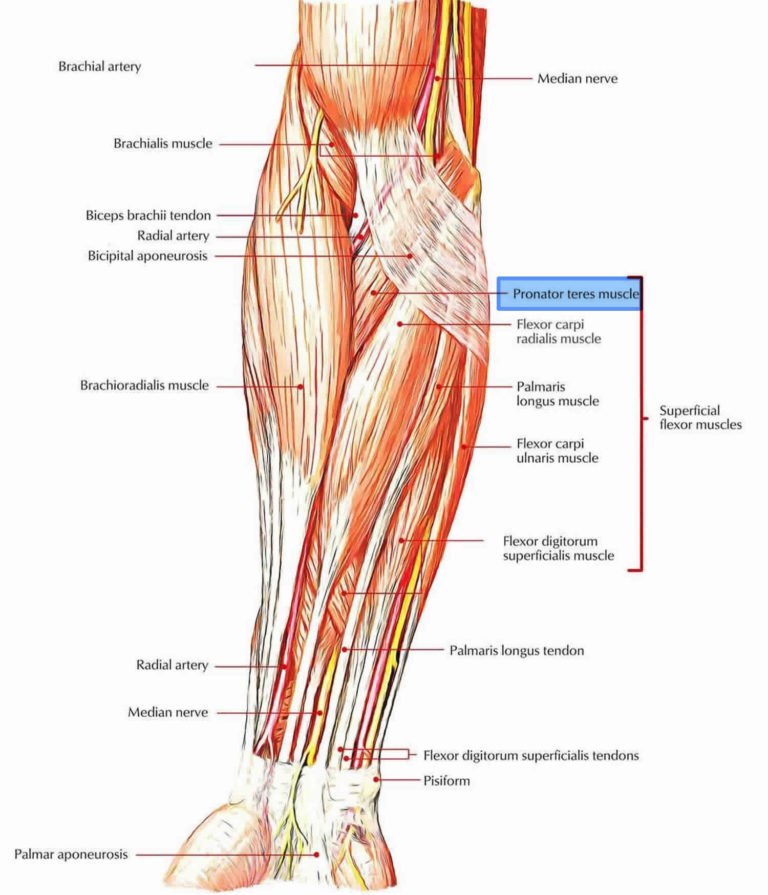

Splinting to prevent the forearm from rotating.Rest from the activity causing symptoms.These non-surgical methods may include one or more of the following: For mild to moderate cases of pronator syndrome, our surgeons will first recommend conservative treatments to attempt resolution of the condition. Pronator syndrome is most often determined based on the physical exam, but imaging tests, such as an X-ray or MRI, or nerve conduction studies may help your doctor better understand the structure of the area and if another problem may be contributing. To make a diagnosis, one of our reconstructive hand surgeons will perform a physical examination and take imaging tests to thoroughly evaluate what may be causing your symptoms. In addition, pronator syndrome can be caused by other factors such as forearm trauma, tumors, and bony abnormalities.

Sports like weight lifting, rowing, and those that use rackets are also susceptible to the condition. Pronator syndrome is most prevalent in those who regularly take part in activities that require repetitive pronation (turning the palm to face the floor) while flexing the fingers, such as when grasping an object.Ĭommon job roles that are especially prone to developing pronator syndrome include carpenters and mechanics. Certain underlying conditions such as hypothyroidism and diabetes are considered risk factors of pronator syndrome. The condition is caused by compression of the median nerve, usually by swollen and inflamed structures around the elbow. Pronator syndrome can occur in both men and women, but it is most common in women over the age of 40.

Common signs that the median nerve is being entrapped at the elbow include the following: However, with pronator syndrome these symptoms tend to affect both the hand and the forearm. The symptoms of pronator syndrome are similar to those of carpal tunnel syndrome, which occurs when the median nerve is compressed at the wrist. These are typically most noticeable and bothersome when trying to rotate the palms from facing upward to turning down towards the floor. When this nerve becomes entrapped at the elbow, a number of symptoms can present themselves. The median nerve is one of the three nerves that allows our upper extremity to sense and move-it begins in the upper arms and its branches extend into the fingers. Pronator syndrome, also known as pronator teres syndrome (PST), occurs when the median nerve is compressed in the upper forearm. Home » Conditions / Treatments » Nerve » Pronator Syndrome What Is Pronator Syndrome?


 0 kommentar(er)
0 kommentar(er)
